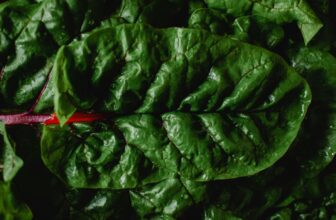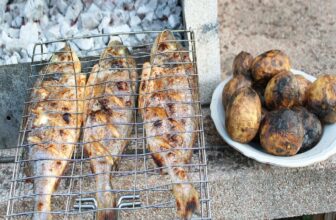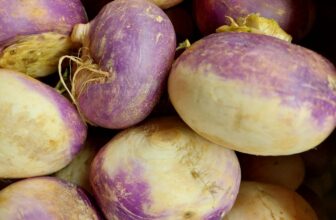Food that is harvested as fresh as possible has long been known to be the best choice for one’s health. Today, plant foraging is becoming popular. It has, nonetheless, always been one of the most important aspects of survival training.
In times of crisis, when the Internet and electricity are unavailable, it is preferable to have a hard copy book with the list of plants and basic recommendations and safety tips for successful foraging. There is a great diversity of them, so picking the proper one might be complicated. We provide you with our finest selections of books on this topic.
Plant Foraging for Survival
Foraging for Survival is a great choice for individuals who are exploring the local environment or just hunting for new species to improve survival skills.
These days, many people are living according to the principles of sustainability. Also, some people tend to think about ways to survive during a crisis. The authors of the book think that our future is closely connected to foraging in the wild.
Humanity has lost touch with nature, which provides it with food. Some of us can’t even distinguish the most widespread species. The book includes a list of North American wild edible plants. It also provides an in-depth look at a variety of edible plants. There are also suggestions for the successful planting of wild species in the garden. You’ll also discover the following topics inside the book: useful techniques for foraging, safety tips, and a lot more.
The Complete Guide to Edible Wild Plants
The handbook on plant foraging provided by the US Army officials is now available to prepper enthusiasts. This is essential writing for any prepper, a wilderness hiker, or any person who is eager to know more about the plants you can forage safely.
Every person who has spent a significant period outside understands that wild plants are frequently the only source of nutrition in survival situations. The ability to correctly identify and use them can be a question of life and death.
The important factors of plant recognition, along with other important information, are all described in this book. The color photographs in the book are really important, making it even easier to distinguish between toxic and edible plants. This book should be carried by everyone who means to survive in the wild seriously.
Tropical Fruits and Other Edible Plants of the World: An Illustrated Guide
When you are trying to forage in a different part of the globe, this tropical guide will come in handy.
Such fruits as papayas or mangos are well-known and beloved components of our meals, but many other fascinating plants are unknown to other zones.
This useful guide discusses over 300 species of fruits from the tropics with vivid illustrations of the plants in the local surroundings. It has information on all of the popular species as well as several rarer examples, such as maca. There are also numerous unusual species like engkala, or mango plum. Also, you will learn about various tropical roots, such as cassava, yams, and oca, as well as tropical spice plants. Some of them can be difficult to prepare and are sometimes disregarded or misunderstood outside of their native environment.
Edible ferns of the world: ethnobotany, foraging, and cooking
A whole lot of plants suitable for your diet are featured in this book, which includes species from all over the world. There are also discussions about cooking methods and fundamental plant identification principles.
The author describes a wide range of delicacies, including green fiddleheads and others. There are recipes for traditional fern cooking from Japan, Korea, China, India, Canada, and Nepal. The book’s author is a world-renowned specialist on the subject. He is a scientist who teaches cooking and foraging lessons regularly. He also has a big garden at home, so his book is written with practical experience in mind.
All the above-mentioned writings are full of facts and information. They can be both crucial to have during times of crisis or fun to learn, even in peaceful times.




